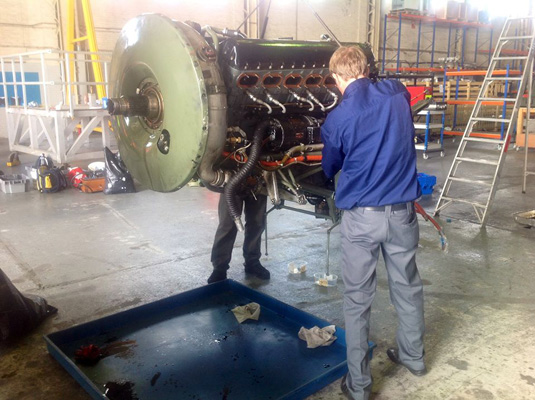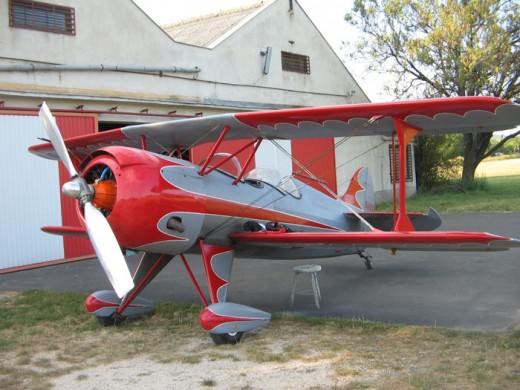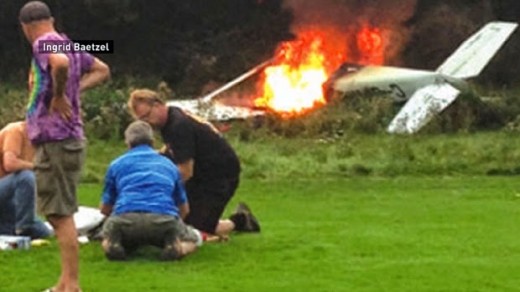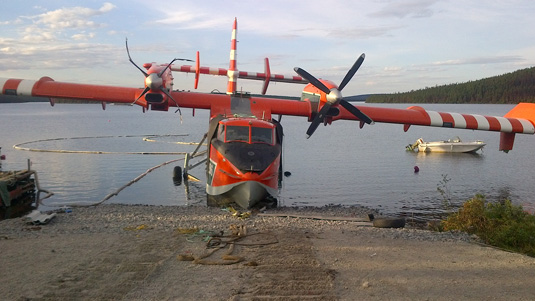 Scroll Down to see all of this week’s updates
Scroll Down to see all of this week’s updates
Lancaster Back in the Air

The Canadian Warplane Heritage Museum’s Lancaster is back in the air less than a week after an engine failure stranded it at an airfield in England last week
The Royal Air Force supplied a replacement Merlin engine after an unspecified fault caused a smoky emergency landing for the Canadian Lanc at Durham Tees Valley Airport. The smoke came from overheated oil and CWH officials still haven’t determined what caused it. The focus has been on swapping out the faulty engine for a “loaner” from the RAF, which will be flown on a “power-by-the-hour” arrangement.
The aircraft was flown with the replacement engine Wednesday and was pronounced fit to continue the busy schedule of appearances alongside the RAF’s Battle of Britain Lancaster.
The engine failure occurred after a truly historic flight in late August when the two Lancs flew with the world’s only airworthy Vulcan delta wing jet bomber. Another major milestone on the British tour is scheduled for Sept. 7 when the two Lancasters fly over the Lincolnshire aviation Heritage Centre’s “Just Jane” Lanc as she taxis on the ramp.
Meanwhile, the CWH’s technical staff will be tearing down the faulty engine with the goal of repairing it in time for the aircraft’s return flight on Sept. 22.
Experienced Pilot Killed in Biplane Crash

Officials in Brantford, ON say the pilot killed in the crash of a Steen Skybolt biplane was an ex-military and commercial pilot with more than 20,000 hours of flight time.
The high-performance aerobatic plane went down next to the airport and was quickly consumed by fire. The CBC quoted pilot and mechanic Ray Cameron as saying the plane “wagged” its tail before the crash. It’s not clear what phase of flight the aircraft was in.’
The identity of the pilot has not been released but he was clearly well known to locals who described him as an ex-Tudor instructor with 30-40 years of flight experience.
The aircraft involved is a homebuilt that is commonly used for aerobatics. This one had a Russian-built radial engine and Cameron said he’d flown in the aircraft and described it as “good-flying plane.”
It was the second crash at the Brantford Airport in a week. A hybrid lighter-than-air experimental aircraft went down last Friday injuring two occupants.
Bystanders Pull People From Burning Plane

Bystanders rushed to the scene of a plane crash in Crawford Bay, B.C. last Saturday evening and pulled the occupants from the aircraft before it was consumed by the post-crash fire.
The passenger, Jane Yvonne Lavallee, 48, was unresponsive when pulled from the wreckage and died but the pilot is expected to recover from his serious injuries.
Transportation Safety Board spokesman Bill Yearwood told the Edmonton Journal the crash occurred after an aborted landing. “Something was not right on the landing and the piloted elected to abort the landing,” Yearwood told the Journal. “During that takeoff from the aborted landing the aircraft contacted trees and tragically crashed.”
The aircraft flipped and caught fire after hitting the trees. It was then that witnesses sprang into action.
Juergen Baetzel, Paul Hindson, Ingrid Zaiss Baetzel and Carol VanRumbeke ran from a nearby tennis court to pull the occupants from the aircraft and it was consumed by the fire shortly after.
Ingrid Baetzel is the editor of the local newspaper, the East Shore Mainstreet and captured dramatic photos of the rescue effort.
The Cessna was registered to an Edmonton man but the pilot has not been identified.
CL-415 Picked Up Too Much Water

The Transportation Safety Board says pilots preoccupied with other tasks and a key item absent from a checklist were contributing factors in the loss of a $30 million waterbomber last year in Newfoundland.
The pilot lost control of the CL-415 owned by the NL government when he tried to take off from Moosehead Lake after picking up more water than the aircraft specifications allowed. The aircraft came to rest partially submerged on the lake and the pilots waited for rescue from the top of the wing. The accident occurred July 3, 2013.
“The investigation also found that the flight crew was occupied with other flight activities during the scooping run and did not notice that the water quantity exceeded the predetermined limit until after the tanks had filled to capacity,” the board said in a news release. “The flight crew then decided to continue the takeoff with the aircraft in an overweight condition.”
A switch controlling the water scooping probes was inadvertently moved to the wrong position and the position of the switch was not on the pre-scoop checklist, something that has since been corrected.
“If a checklist does not include a critical item, and flight crews are expected to rely on their memory, then there is a risk that the item will be missed and safety could be jeopardized,” the board said.
The NL government has made a few other safety changes since the accident. Safety equipment is more accessible and the crews now have satellite phones onboard. Training has also been beefed up.
